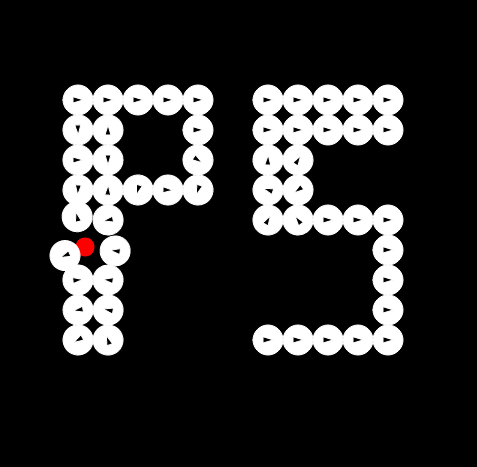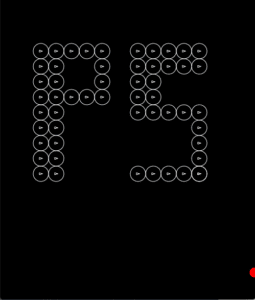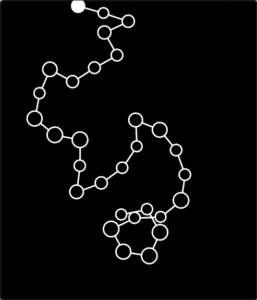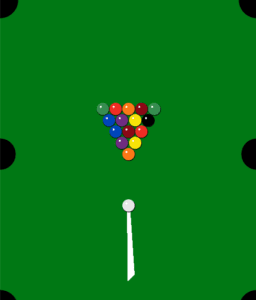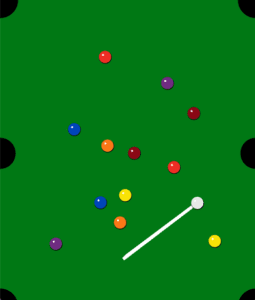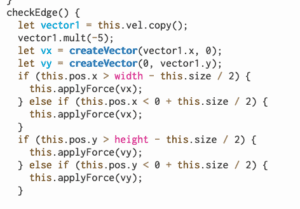Project: Ink & Tatoo
Date: 05.18.2019
Processor: Moon
Description:
Ink & Tatoo is a projection project aiming to imitate the traditional tatoo in the style of ink. Additionally, it is animated to show the drawing process of tatoo. Through animation, it adds on to tatoo’s charm and conveys stronger power. Tatoo is designed to be in the shape of branches and flowers to better match the ink style. It is designed to map on one’s shoulder.
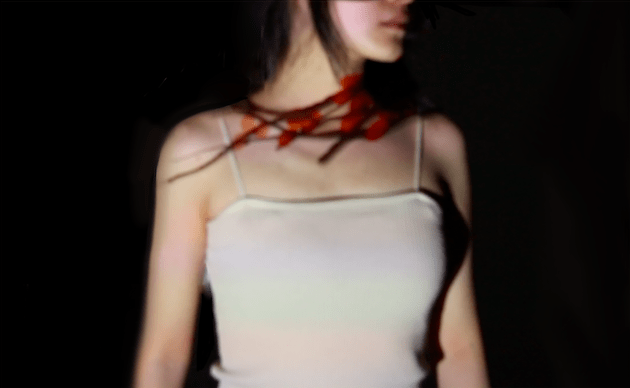
Video:
Continue reading “NOC: Ink & Tatoo(midterm project) – Moon(Candy Bi)”
